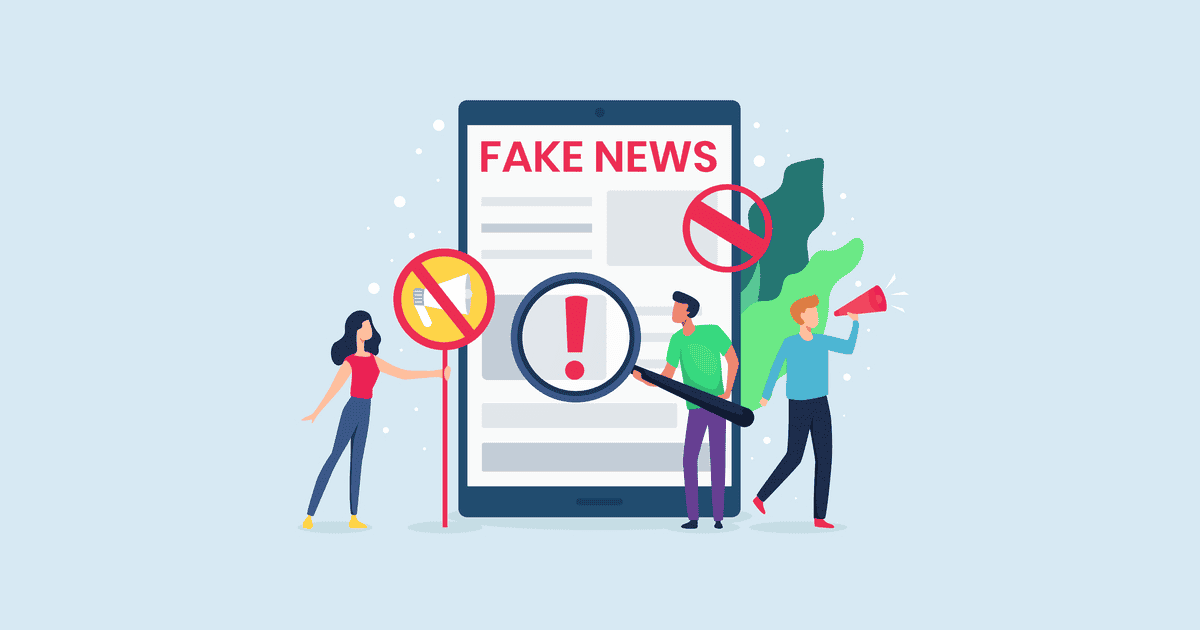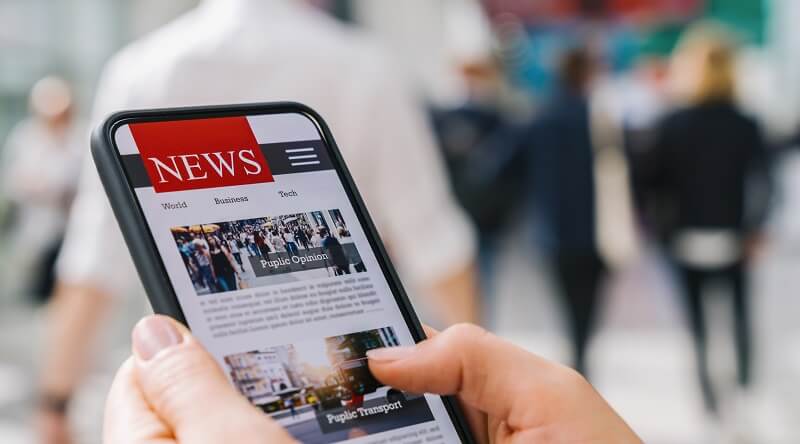Fascination About Popular News
Wiki Article
Everything about Popular News
Table of ContentsHow Popular News can Save You Time, Stress, and Money.What Does Popular News Do?Not known Incorrect Statements About Popular News 6 Easy Facts About Popular News Explained
Age is additionally a factor in the means individuals view the role of social media. More youthful social media information customers are more probable to say it has actually affected their discovering right. Concerning fifty percent of social media news consumers ages 18 to 29 (48%) state information on social networks makes them much better informed, contrasted with 37% of those 30 to 49, 28% of those 50 to 64, and 27% of those 65 and older.
Proximity is essential. Reporters have an interest in things that affect their areas. Research study on a state's brand-new tax obligation code most likely will not produce the very same interest across state borders. Occasionally specialists can aid center a bigger national story that influences greater than simply a city or state. In these situations, it is very important to be on the search for chances where topic specialists can supply insight or where similar projects may be taking place locally.
If you are publishing relevant research study, loophole in MarComm before the write-up being published to ensure that the pitch can emphasize the newest element of the tale: the publication of the research study - Popular News. Occasions and announcements that include prominent numbers are a lot more most likely to produce media coverage. Sees from nationwide figures often require months of prep work because of expected community passion
5 Simple Techniques For Popular News
We can assist mitigate prospective reputational danger with these tales while also raising the chances of creating coverage. While several of the above news values are intertwined, human rate of interest tales typically stand apart.
Human interest aspects can include information value to various other tales that could seem doing not have in the various other worths. The uniqueness or oddity of a circumstance can aid influence whether or not an information outlet is likely to cover a tale. While this is not an exhaustive list, examining to see if your story or occasion has these qualities before calling us will certainly help you establish which components hold one of the most news value.

There is likewise substantial proof that even more consumers could start to spend for news in the futureif publishers can recognize them and offer them well. Fifty percent of those that do not click resources pay for news actively seek out information and appear like clients in various methods. And almost 2 in 10 of those who don't sign up for news currently show they are inclined to start to pay in the future.
A Biased View of Popular News
We after that ask a set of inquiries to figure out whether individuals spend for certain sorts of information resources. We asked people to name the resources they utilize most oftenwhether they pay for them or nothow they utilize them, the certain things they consider vital about them, and some associated inquiries concerning the price and worth of that resource.
Greater than 4 in 10 also point out the fact that friends and household sign up for the exact same product. More than a 3rd of individuals state they originally subscribed in feedback to a discount rate or promotion. In print, people also are moved heavily to register for obtain promo codes that conserve them money, something check this site out that has untapped ramifications in electronic.
All about Popular News
Regarding fifty percent are "information seekers," implying they actively look for news instead of largely encountering it in a more passive method, though the information that nonpayers are seeking (in the meantime, a minimum of) is commonly regarding nationwide politics. Like subscribers, most of these people likewise obtain news multiple times a day, utilize the news in methods similar to subscribers, and want comparable topics, consisting of international or international news.We asked every person that told us they have a normal cost-free resource of news just how likely they would be to pay for it. Greater than a quarter (26 percent) say they would certainly be at the very least somewhat most likely to start paying for itand 10 percent are really or very most likely. These most likely payers often tend to be news seekers, and they likewise often tend to be people who already spend for an information membership along with the source they adhere to absolutely free.
Of those that do pay, 54 percent register for newspapers in print or electronically, which represents pop over to this site 29 percent of Americans on the whole. Most of them get a print publication along with their newspaper and pay for 2 to four news resources in overall, some much more. And while 53 percent are long-time customers (5+ years), greater than a quarter (27 percent) have actually acquired their paper subscription within the previous year.
Few print subscribers think it likely they will change to a digital-only registration in the future, and even more than fifty percent of those that prefer electronic have actually never spent for a print version of the same source (Popular News). Completely 75 percent of paper payers claim they largely checked out the paper in print, while 21 percent are mostly electronic customers, and 4 percent define themselves as equally divided
Report this wiki page